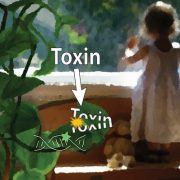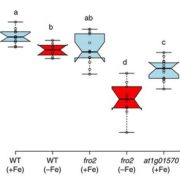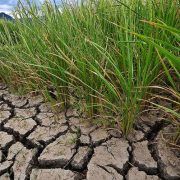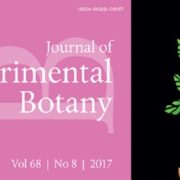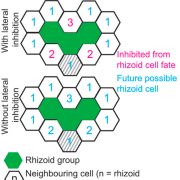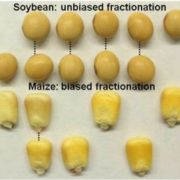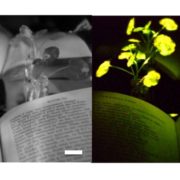Review. Artificial evolution: Creating genetic diversity in the lab ($)
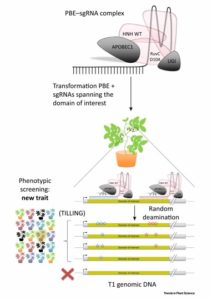 Humans have been domesticating plants for 10,000 years, having an impact on the gene pools of multiple species chiefly through selective breeding approaches. Although plant domestication ensured food availability to early civilizations, plants were, and still are, mainly selected based on their morphology and physiology, which include traits such as seed or fruit size, and timing of germination or ripening. Through generations of crops continuously selected for specific traits, much genetic variation has been lost in the offspring of these once wild and highly diverse species, making selecting for novel traits impossible. Fortunately, recent scientific advances have made editing and engineering plants easy and cost-effective. Unfortunately, transgenesis (introducing foreign DNA into a crop or organism of interest) faces much resistance and scrutiny. Alternatives are therefore required to enable new traits to be introduced into current crop species, or to improve wild species with potential for human use. The highly deliberated CRISPR-Cas technology makes fine, precise editing or silencing of DNA possible, but has its limitations when populations with a high-density of mutations are required, or to produce an array of possible phenotypes, for example to investigate how changes affect receptor sensitivity or enhance enzymatic activity. A recent article by Jacob and colleagues proposed a modified approach, using CRISPR technology and a newly designed chimeric nuclease enzyme. Their suggestion, called CREATE, allows for multiple mutations in close proximity to occur simultaneously. Through this method, a population highly saturated with a variety of mutations at a single locus can easily be generated, and individuals with phenotypes of interest rapidly identified. These technologies enable us to not only improve current crop species, but create new crops by engineering relevant traits in them. This truly is evolution in action. (Summary by Danielle Roodt Prinsloo) Trends Plant Sci. 10.1016/j.tplants.2017.10.002
Humans have been domesticating plants for 10,000 years, having an impact on the gene pools of multiple species chiefly through selective breeding approaches. Although plant domestication ensured food availability to early civilizations, plants were, and still are, mainly selected based on their morphology and physiology, which include traits such as seed or fruit size, and timing of germination or ripening. Through generations of crops continuously selected for specific traits, much genetic variation has been lost in the offspring of these once wild and highly diverse species, making selecting for novel traits impossible. Fortunately, recent scientific advances have made editing and engineering plants easy and cost-effective. Unfortunately, transgenesis (introducing foreign DNA into a crop or organism of interest) faces much resistance and scrutiny. Alternatives are therefore required to enable new traits to be introduced into current crop species, or to improve wild species with potential for human use. The highly deliberated CRISPR-Cas technology makes fine, precise editing or silencing of DNA possible, but has its limitations when populations with a high-density of mutations are required, or to produce an array of possible phenotypes, for example to investigate how changes affect receptor sensitivity or enhance enzymatic activity. A recent article by Jacob and colleagues proposed a modified approach, using CRISPR technology and a newly designed chimeric nuclease enzyme. Their suggestion, called CREATE, allows for multiple mutations in close proximity to occur simultaneously. Through this method, a population highly saturated with a variety of mutations at a single locus can easily be generated, and individuals with phenotypes of interest rapidly identified. These technologies enable us to not only improve current crop species, but create new crops by engineering relevant traits in them. This truly is evolution in action. (Summary by Danielle Roodt Prinsloo) Trends Plant Sci. 10.1016/j.tplants.2017.10.002



